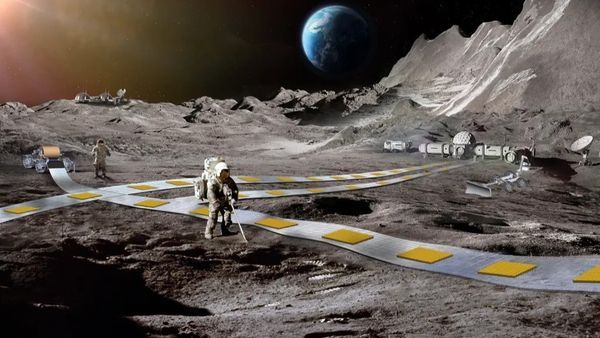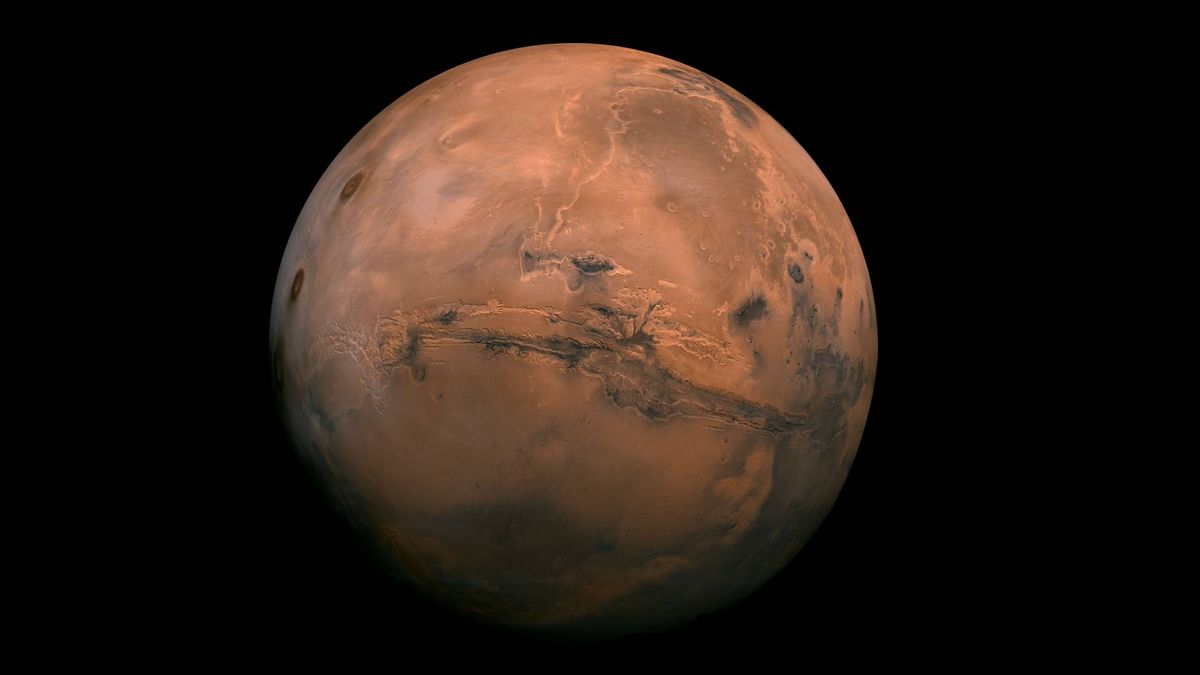NASA’s Ambitious Lunar Railway Project
In a bold move towards the future of space exploration, NASA has approved further funding for a groundbreaking study that aims to revolutionize transportation on the moon. The project, known as “Flexible Levitation on a Track” (FLOAT), has been elevated to phase two of NASA’s Innovative Advanced Concepts program (NIAC), which focuses on developing visionary projects for space exploration.
Efficient Payload Transport on the Moon
The FLOAT project envisions the creation of a lunar railway system that will enable reliable, autonomous, and efficient transport of materials across the moon’s surface. Lead by robotics engineer Ethan Schaler from NASA’s Jet Propulsion Laboratory, the project aims to establish a durable and long-lasting robotic transport system that will be essential for the daily operations of a sustainable lunar base in the 2030s.
According to NASA’s proposed design, FLOAT will utilize magnetic robots that levitate over a specialized three-layer film track to minimize abrasion from lunar dust. These robots will be equipped with carts capable of moving at approximately 1 mph (1.61 km/h) and transporting up to 100 tons (90 metric tons) of material per day to and from NASA’s future lunar base.
Supporting Future Space Exploration
NASA’s plans to return astronauts to the moon by 2026 under the Artemis mission exemplify the agency’s commitment to advancing human space exploration. Establishing a permanent lunar base is a key objective for NASA, as it will serve as a strategic hub for future missions into deep space.
Other visionary projects within NASA’s NIAC program that have progressed to the next development phase include fluid-based telescopes and a plasma-powered rocket. These “science fiction-like” concepts demonstrate NASA’s innovative approach to pushing the boundaries of space exploration.
Image/Photo credit: source url





